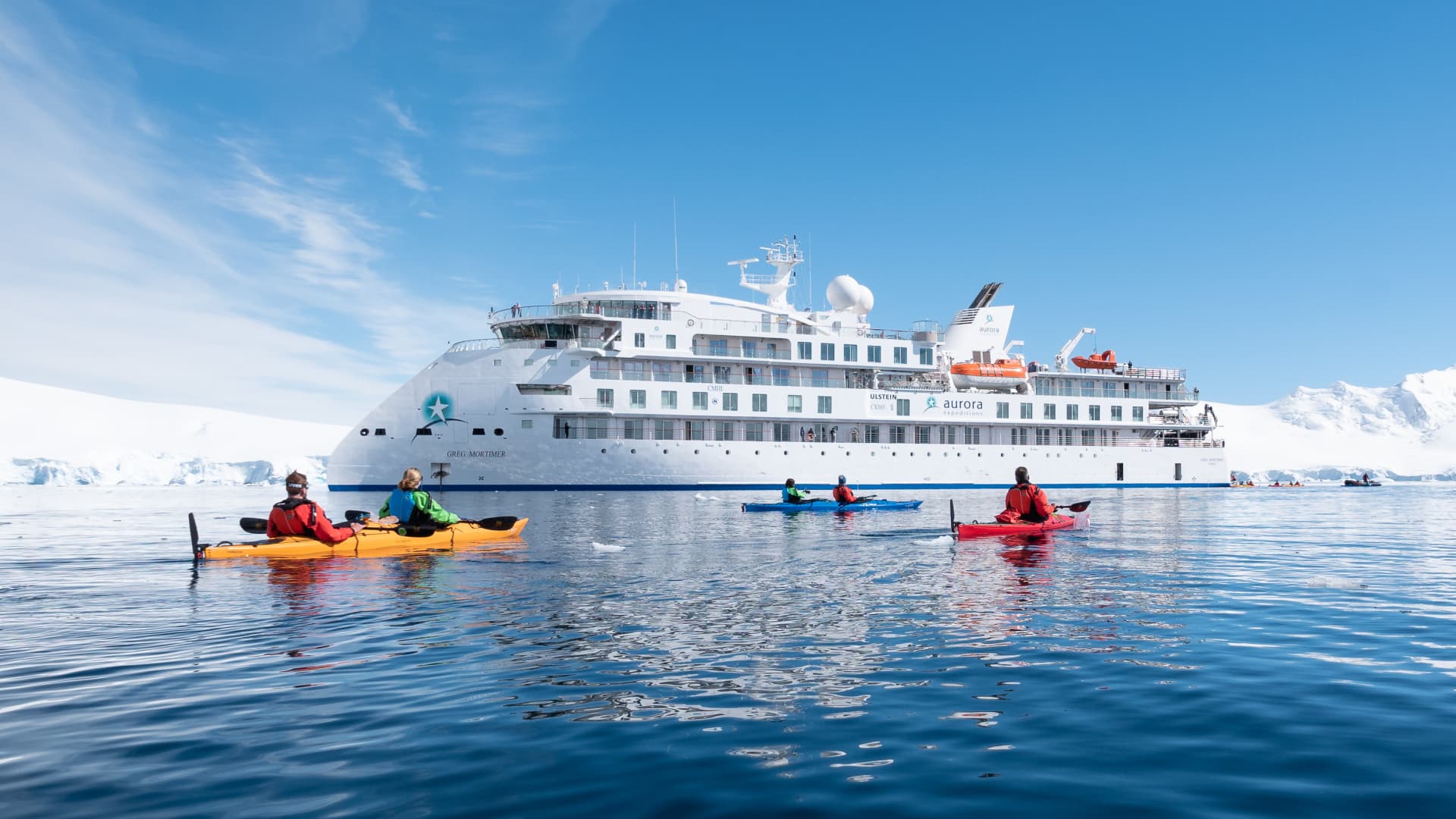Corcovado National Park in Costa Rica provided us with a unique and secluded experience as if we had the entire jungle to ourselves. During our expedition cruise on the Greg Mortimer, operated by Aurora Expeditions, we had the opportunity to explore this incredible rainforest and encounter rare wildlife such as birds, spider monkeys, and even a sloth with her baby. The smaller size of the Greg Mortimer allowed us to access coastlines that are off-limits to larger cruise ships.
The demand for expedition cruises has been steadily increasing, and companies like Aurora Expeditions have responded by venturing beyond polar regions into tropical waters. While expedition cruising may have gained more attention through social media platforms like Instagram, its origins can be traced back to the mid-1960s when Lindblad Expeditions began taking travelers to Antarctica and the Galapagos Islands. Expedition cruises differ from traditional cruises by emphasizing exploration of lesser-known and inaccessible destinations. The smaller ships used in expedition cruising also offer flexibility in itineraries, allowing guests to observe wildlife like polar bears or whale sharks.
Aurora Expeditions has been leading the way in Antarctic expeditions since the early 1990s when they first leased Russian icebreakers to reach the icy continent. The accommodations on their newest ship, the Greg Mortimer, provide a luxurious experience with spacious cabins, a plush library, and a lecture theater. Other expedition cruise lines, such as Lindblad, are also investing in advanced technology and onboard talent to offer unique experiences to their passengers. The demand for immersive and experiential travel has significantly increased since the pandemic, and expedition cruise lines have been quick to adapt by introducing more diverse itineraries and destinations.
According to Noah Brodsky, the chief commercial officer of Lindblad Expeditions-National Geographic, expedition cruising is the breakout travel trend of the decade. The sense of adventure and the opportunity to explore remote destinations alongside a small group of like-minded individuals are what make expedition cruises so special. The bookings for expedition cruises have reached record numbers, with Lindblad recently recording its biggest-ever booking day. Destinations like Alaska, the Galapagos Islands, the Arctic, and Antarctica have been particularly popular, with a significant increase in interest in Costa Rica as well.
James Cole, founder of Panache Cruises, noted that expedition cruising has experienced the most growth in the cruising sector over the past decade. More and more people are seeking unique and adventurous experiences, moving away from traditional holidays. The majority of expedition cruise passengers come from the over-55 age group, but there has been a noticeable increase in families and solo travelers. For solo travelers, expedition cruising offers a great option to explore new destinations in a safe and guided environment.
Expedition cruises do come with a higher price tag compared to conventional cruises due to amenities, onboard experts, and fewer passengers. These cruises often start at around $1,000 per person per day and typically last anywhere from eight to 15 days. However, some smaller companies, like Secret Atlas, offer micro cruises with as few as 12 passengers at a time. The push for more comfort and luxury in the industry has led to larger expedition cruise ships, but this has also raised concerns about sacrificing the authentic expedition experience.
Environmental and cultural impact has been a significant concern for expedition cruises. Critics argue that these cruises contribute to ocean pollution, introduce foreign microbes into sensitive ecosystems, and pose a collision risk with large marine mammals. To address some of these issues, luxury travel agency Abercrombie & Kent is chartering a new luxury icebreaker that uses liquefied natural gas (LNG) as fuel for their North Pole expedition. This reduces emissions and includes hybrid operation with batteries to manage load fluctuations. Aurora Expeditions has also been actively involved in climate awareness, working with climate ambassadors to develop resolutions aimed at achieving net-zero emissions by 2035.
Overall, expedition cruises offer a unique and transformative way to explore remote destinations, discover wildlife, and immerse oneself in different cultures. As the demand for experiential travel continues to rise, expedition cruise lines are constantly innovating and expanding their offerings to cater to adventurous travelers seeking more than just a typical vacation experience.
Denial of responsibility! VigourTimes is an automatic aggregator of Global media. In each content, the hyperlink to the primary source is specified. All trademarks belong to their rightful owners, and all materials to their authors. For any complaint, please reach us at – [email protected]. We will take necessary action within 24 hours.


